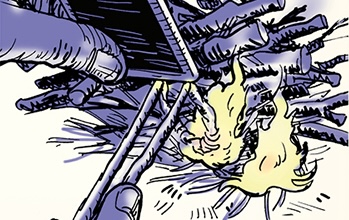Historic Hales Bar Dam Powerhouse in Guild, Tennessee
Constructed in the early 20th century near the southwest end of the Tennessee River Gorge, the Hales Bar Dam was the first main-river, multipurpose dam built on the Tennessee River, and one of the earliest major dams to be constructed across a navigable channel in the United States. Today its historic powerhouse is one of the few vestiges of this mishap-plagued engineering feat. In 1904, Chattanooga engineer Josephus “Jo” Conn Guild, Sr., made an offer to build both the lock and dam with private funding in exchange for the rights to the dam’s electrical output. At the time, the project was the largest development of its kind in the region. Construction began in October 1905 and was scheduled for completion two years later, but the project faced issues from the start. These were mostly associated with its crumbling limestone foundation, as well as the river’s tumultuous waters, including whirlpools and shoals. By 1910, only the lock and powerhouse had been completed. The dam finally began operating on November 13, 1913, but not before the deaths of many workers that built it. Because of this, some consider the dam’s former location haunted. Once built, the 113-foot-high, 2,315-foot-long structure continued to face trouble, including constant leaking. In 1939, the federally owned Tennessee Valley Authority (TVA) acquired Hales Bar after buying out the Tennessee Power Company. Although they tried doing their own upkeep, they soon realized it was a losing proposition. Securing the green light to build the Nickajack Dam 6.4 miles downstream, the TVA closed Hales Bar in 1967 and completed its demolition the following year. Funding originally set aside for its repair work was used instead for the construction of the new dam, which opened in conjunction with the Hales Bar Dam’s closing. While the Classical Revival–style Hales Bar Dam Powerhouse (added to the National Register of Historic Places in 2008) is almost all that’s left of the project, it’s being put to good use. The adjacent Hales Bar Marina and Resort oversees the property, offering tours of both the powerhouse and its on-site distillery, Dam Whiskey, that include a look inside their production process and some history on the building itself, as well as tastings. Each fall, they also transform the powerhouse into a haunted house.


Constructed in the early 20th century near the southwest end of the Tennessee River Gorge, the Hales Bar Dam was the first main-river, multipurpose dam built on the Tennessee River, and one of the earliest major dams to be constructed across a navigable channel in the United States. Today its historic powerhouse is one of the few vestiges of this mishap-plagued engineering feat.
In 1904, Chattanooga engineer Josephus “Jo” Conn Guild, Sr., made an offer to build both the lock and dam with private funding in exchange for the rights to the dam’s electrical output. At the time, the project was the largest development of its kind in the region.
Construction began in October 1905 and was scheduled for completion two years later, but the project faced issues from the start. These were mostly associated with its crumbling limestone foundation, as well as the river’s tumultuous waters, including whirlpools and shoals. By 1910, only the lock and powerhouse had been completed. The dam finally began operating on November 13, 1913, but not before the deaths of many workers that built it. Because of this, some consider the dam’s former location haunted.
Once built, the 113-foot-high, 2,315-foot-long structure continued to face trouble, including constant leaking. In 1939, the federally owned Tennessee Valley Authority (TVA) acquired Hales Bar after buying out the Tennessee Power Company. Although they tried doing their own upkeep, they soon realized it was a losing proposition. Securing the green light to build the Nickajack Dam 6.4 miles downstream, the TVA closed Hales Bar in 1967 and completed its demolition the following year. Funding originally set aside for its repair work was used instead for the construction of the new dam, which opened in conjunction with the Hales Bar Dam’s closing.
While the Classical Revival–style Hales Bar Dam Powerhouse (added to the National Register of Historic Places in 2008) is almost all that’s left of the project, it’s being put to good use. The adjacent Hales Bar Marina and Resort oversees the property, offering tours of both the powerhouse and its on-site distillery, Dam Whiskey, that include a look inside their production process and some history on the building itself, as well as tastings. Each fall, they also transform the powerhouse into a haunted house.






















































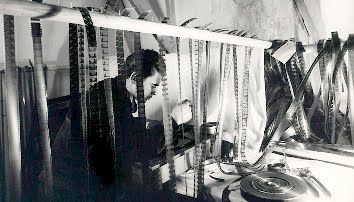
![The Sweet Cheat [THE PAST REGAINED]](https://jonathanrosenbaum.net/wp-content/uploads/2011/05/timeregained-womanonstairs.png)




































































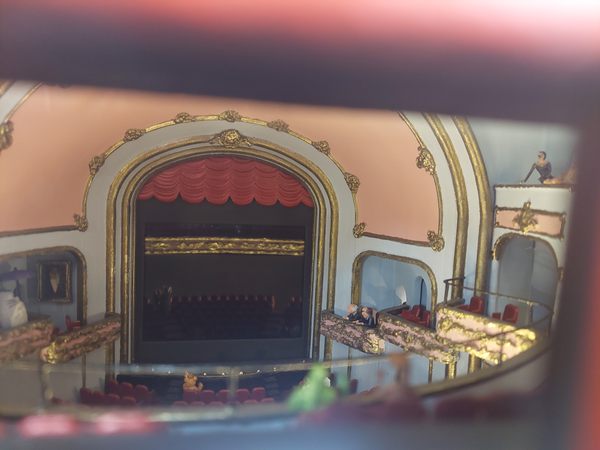
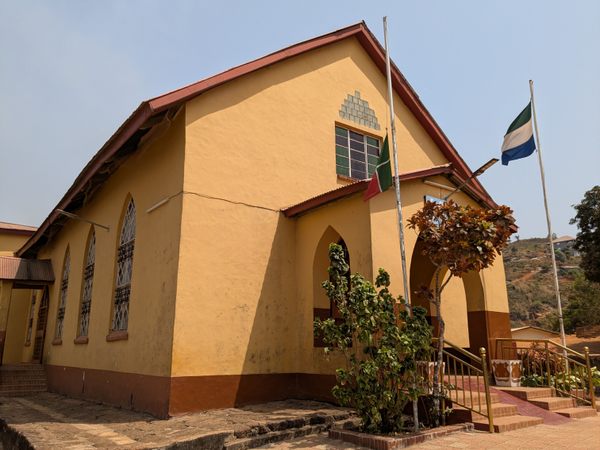
































































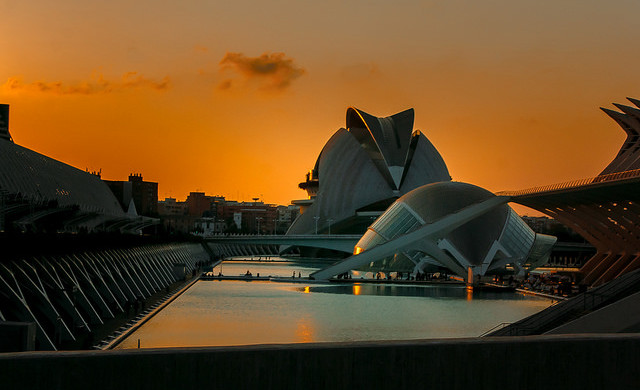

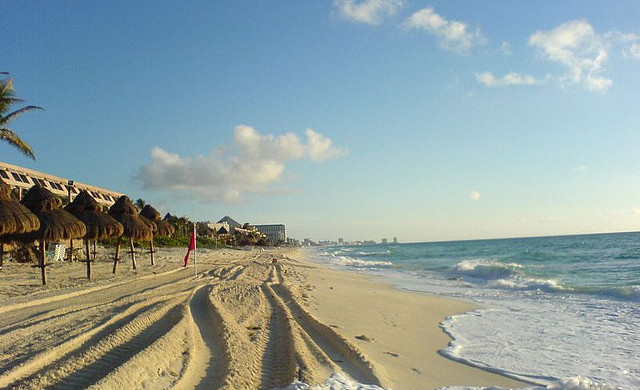




































-0-8-screenshot.png?width=1920&height=1920&fit=bounds&quality=70&format=jpg&auto=webp#)
.jpg?width=1920&height=1920&fit=bounds&quality=70&format=jpg&auto=webp#)








































































